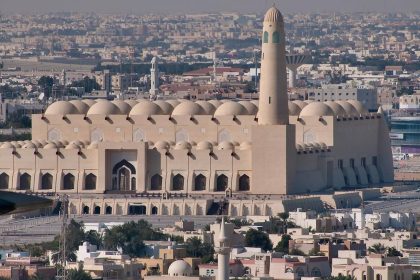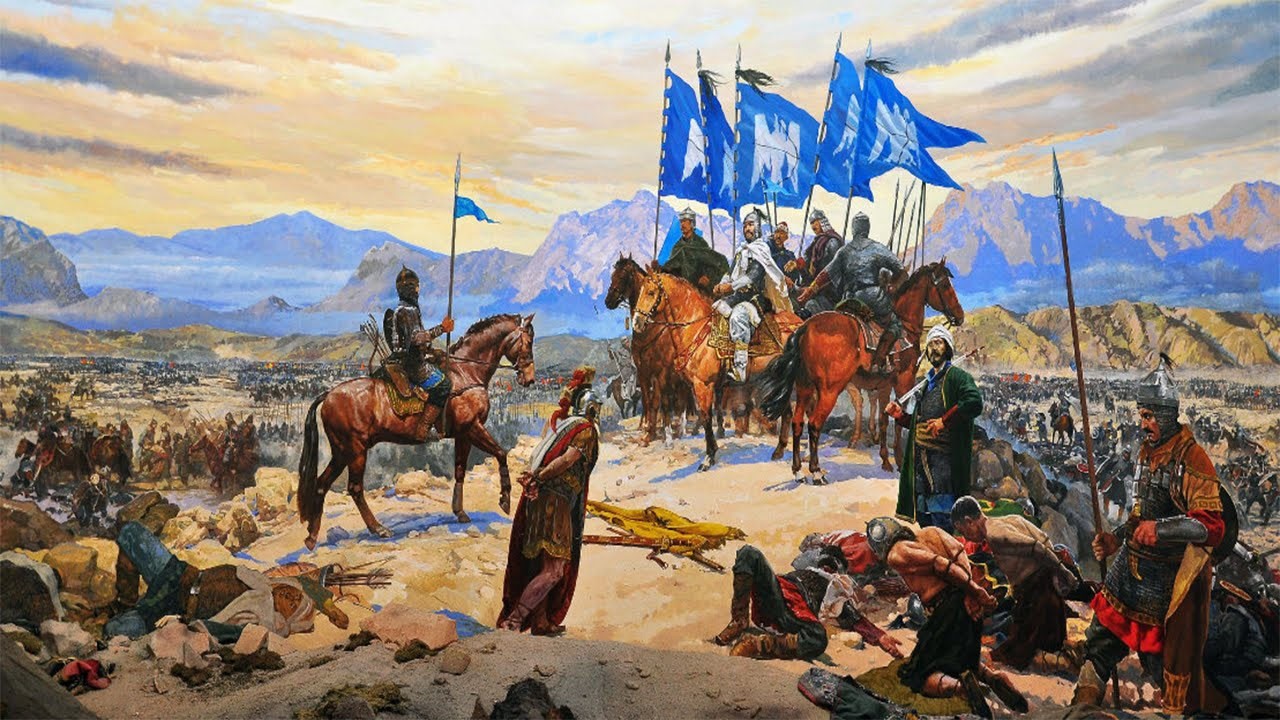Al-Andalus: History of Muslim Spain
The Muslim prophet Muhammad’s conquest to leave the Arabian Peninsula was further pursued after his death (632). Islamic armies soon shifted their attention to the West. By the end of the seventh century, the Muslims were making progress toward the Atlantic.






